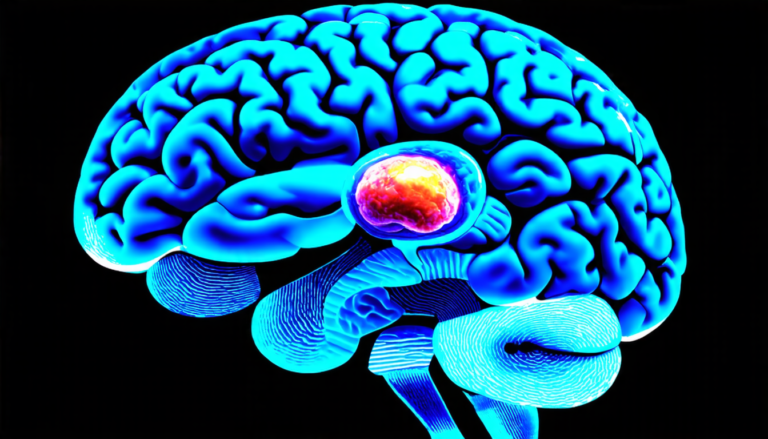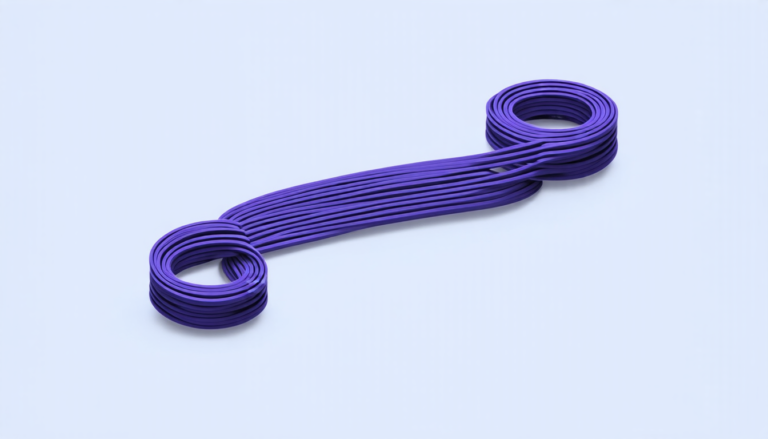Monday 14 July 2025
Deep reinforcement learning (RL) has long been a black box, where neural networks are trained to optimize complex tasks without human understanding of how they arrive at their solutions. But what if we could crack open this black box and reveal the secrets behind the most effective architectures? A team of researchers from Volkswagen Group Innovation and TU Berlin have made significant strides in achieving just that.
The researchers developed an evolutionary multi-objective neural architecture search (EMNAS) framework, which uses genetic algorithms to automate the design of deep neural networks for reinforcement learning tasks. By optimizing multiple objectives simultaneously – such as reward, model complexity, and computational cost – EMNAS can identify optimal architectures that balance these competing demands.
To put this into practice, the team applied EMNAS to a large-scale RL task in autonomous driving (AD). They used a Unity 3D simulator to train agents to navigate a complex oval track, with rewards incentivizing smooth and collision-free driving. The resulting models not only outperformed human-designed architectures but also achieved significant reductions in model size and computational cost.
But that’s not all – the team took it a step further by introducing parallel training and optimized transfer learning (OTL) to accelerate the search process and improve stability. By leveraging knowledge from earlier generations, OTL enabled the models to learn more efficiently and adapt better to new situations.
The impact of this work is twofold. Firstly, EMNAS provides a powerful tool for automating neural architecture design in RL tasks, allowing researchers to focus on higher-level problems rather than tedious trial-and-error experimentation. Secondly, the application of OTL demonstrates the potential for transfer learning to improve performance and efficiency in complex AI systems.
The future holds much promise for this research. By continuing to refine EMNAS and OTL, we may see even more impressive breakthroughs in RL tasks. And as autonomous vehicles become increasingly prevalent on our roads, the ability to optimize their neural architectures could make all the difference between safe and unsafe driving.
In a nutshell, this research has cracked open the black box of deep RL by revealing the secrets behind optimal neural network designs. With EMNAS and OTL, we may be just one step away from unlocking even more impressive AI capabilities – and reaping the benefits that come with them.
Cite this article: “Cracking Open the Black Box of Deep Reinforcement Learning”, The Science Archive, 2025.
Reinforcement Learning, Deep Neural Networks, Evolutionary Multi-Objective, Neural Architecture Search, Autonomous Driving, Genetic Algorithms, Transfer Learning, Parallel Training, Optimization, Artificial Intelligence







